Mindblown: a blog about philosophy.
-
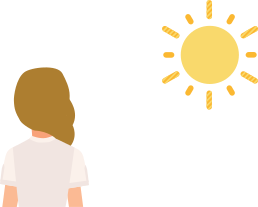
Hair Photobleaching & Genetics
How it works Not only do the sun’s ultraviolet rays cause our skin to tan, freckle, and (ouch) burn, UV rays also break down the hair’s pigment molecules. Researchers have studied UV exposure across a diversity of hair colors and textures and found that the sun breaks down proteins in all hair types. While some…
-
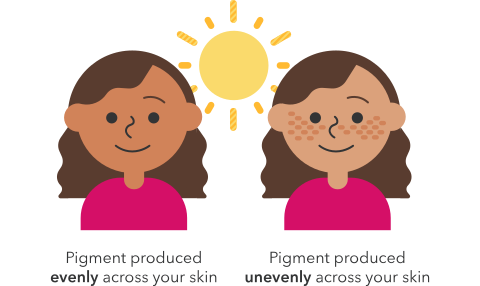
Freckles & Genetics
How it works When we’re outside in the sun, specialized skin cells called melanocytes go to work producing pigment to protect our skin. If the pigment is produced evenly across your skin, you end up with a tan. But if pigment is produced in some areas more than others, you get freckles. Scientists aren’t quite…
-
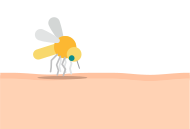
Mosquito Bite Frequency & Genetics
How it works Mosquitoes are drawn to breath and the body odor we emit from our sweat glands. It might make your skin crawl, but 23andMe researchers believe that mosquito bite frequency, as well as sensitivity to bites, is partly heritable. The genetic link 23andMe researchers have identified 285 genetic markers associated with mosquito bite…
-

Misophonia & Genetics
Say what? Misophonia Misophonia: when certain sounds may provoke strong emotional reactions in an individual (e.g. if the sound of somebody chewing may cause someone to feel enraged).
-
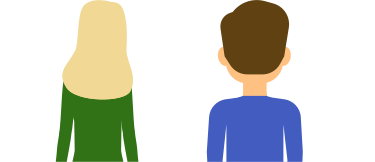
Hair Color & Genetics
How it works Our bodies produce a substance called pigment, and pigments are responsible for the colorof our skin, hair, and eyes. When scientists talk about the pigments people produce, they’re typically referring to melanin. There are two types of melanin you should remember: eumelanin, which is brown/black, and pheomelanin, which is red/yellow.The lightness or…
-
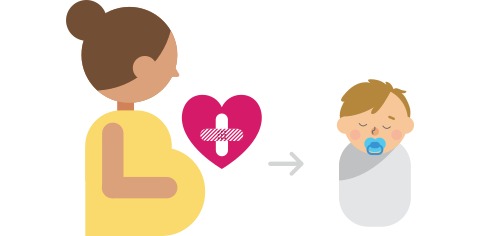
Newborn Hair & Genetics
How it works Babies are born with all the hair follicles they’ll need in their lifetimes. On average, people come into this world with about five million hair follicles. Around week 10 of pregnancy, those follicles start growing tiny strands of hair called lanugo. By week 20, the scalp is covered with hair.But lanugo isn’t…
-
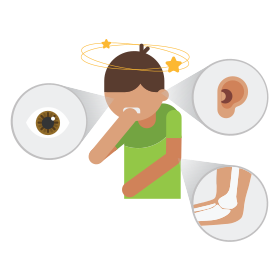
Motion Sickness & Genetics
How it works To maintain your balance, your brain relies on signals from multiple sources: your eyes, your muscles and joints, and the vestibular system in your inner ear. Most scientists think that motion sickness occurs due to “sensory conflict” — when your vestibular system and muscles tell your brain that you’re moving but your…
-
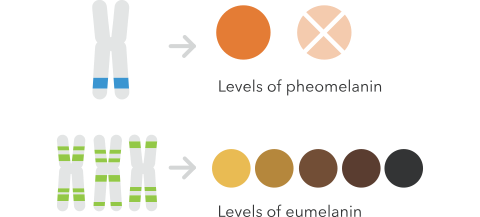
Red Hair & Genetics
How it works Hair color comes from melanin, a pigment in your skin, hair, and eyes. If you produce a lot of the melanin type eumelanin, you probably have black or brown hair. If you don’t produce much eumelanin, your hair is probably blond. And, if you have low levels of eumelanin plus high levels…
-
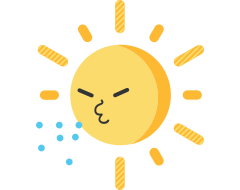
Photic Sneeze Reflex & Genetics
How it works Exposure to bright sunlight causes some people to sneeze. Scientists are still trying to understand this reflex. In the meantime, they’ve come up with a couple of theories, as well as a clever name: “Autosomal Dominant Compelling Helio-Ophthalmic Outburst,” or “ACHOO Syndrome.” The genetic link Scientists originally thought this reflex was probably…
-

Skin Pigmentation & Genetics
How it works People with darker skin generally make more eumelanin, a type of black or brown-colored pigment. Lighter-skinned people tend to make less of this pigment. Scientists generally believe that eumelanin does a better job blocking the sun’s UV rays compared to the yellow-red pigment pheomelanin. The genetic link Two genes, called SLC45A2 and…
Got any book recommendations?